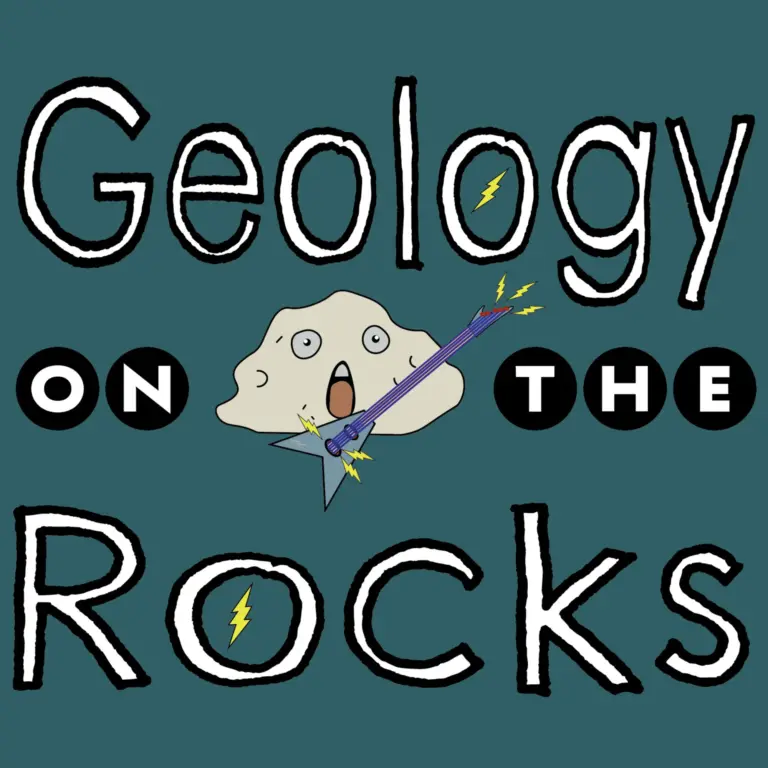
Episode 34
Well, we did it. We went full throttle and geeked out discussing all things Devonian. Have you ever found yourself saying the Devonian was SOOO boring? Nothing was going on besides something about fish and that is about it!
If this sounds like you, boy do we have an episode for you!
When was the Devonian you ask? The Geologic Period of the Devonian Period is part of the Late Paleozoic Era that follows the Silurian Period and precedes the Carboniferous Period, spanning between about 419.2 million and 358.9 million years ago. The developments of the Earth system during the Early Devonian to Middle Permian interval record the dynamic interplay of its geo-, hydro-, bio-, and atmospheric systems. Most of the Devonian Period was a time of exceptionally high sea-level stand and inferred widespread equable climates, but glaciations occurred immediately before its end in the south polar areas of Gondwana (South America, Central, and South Africa). There is even evidence for contemporaneous mountain glaciers in tropical latitudes (in the Appalachians of eastern North America).
The Early Devonian, really to the Middle Permian, 260 Ma, was an interval of major tectonic, climatic, oceanic, and biotic changes. The collision of Laurasia and Gondwana led to global-scale tectonic activity and the formation of the supercontinent Pangea, and the spread of vascular land plants resulted in a huge increase in organic carbon burial and atmospheric CO2 drawdown.
There was a Late Paleozoic Ice Age (LPIA) that commenced with short-lived glaciations at the Frasnian-Famennian boundary (FFB) and the Devonian-Carboniferous boundary (DCB) that coincided with two first-order mass extinctions, although many minor biocrises also occurred during this interval.
Most present-day continental areas and shelves were grouped in one hemisphere, creating a giant “Proto-Pacific” or Panthalassa Ocean, whose margins are poorly preserved in allochthonous terrains. Allochthonous just means sediment or rock that originated at a distance from its present position. And, following the tectonic events of the Caledonian Orogeny of Laurasia, many “Old Red Sandstone” terrestrial deposits formed.
Sit back and enjoy as we stumble our way through all the difficult words and the world of the Devonian.
Until next time remember to…
Be Cool, Stay Tuned, and Keep It On The Rocks!!